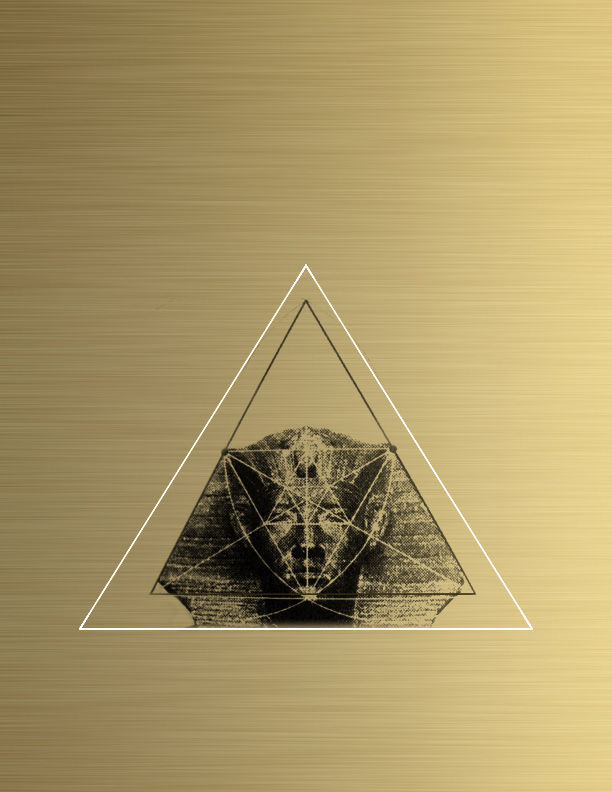This is the editorial note to TNI Vol. 16: New World Order. View the full table of contents here.
Subscribe to TNI for $2 and get New World Order (and free access to our archive of back issues) today.
***
It's been clear to most people for some time that the world we live in is ending. This has always been true and also never been true enough. But at least this world, the one where white men and their valets conspire to make money make money, is on its way out. The numbers aren’t adding up. People are getting jumpy. This much is obvious.
What was the world, and what ran it? The clues have been all around us. Yet the technocratic psychopath guild that controls the media — the Bilderberg group, the reptilians, the Masons — try never to let the narrative get so far out of their grasp that we’re able to piece it all together.
And so there are a lot of unanswered questions. But by looking closely at what the elites say — in Davos, or in mainstream political discourse on talk shows — we can get a sense, at least, of what they’re trying to hide. In “Just the Facts,” Jesse Spafford demonstrates the contiguity of conspiracists and wonks, Alex Jones and Ezra Klein joined in their blind obeisance to the empirical. And in “The Slopes of Davos,” Paul Cox exposes the embarrassing attempt of the managers of global capital to play the growing instability in the market like they’re improvising jazz.
Jarrod Shanahan’s “I Want to Believe” treats the ur-conspiracy theory with a dose of materialist analysis, reading it as a folk understanding of the real ways capitalists operate as a class.
If you can find a place to run to, you’ll want one. Those rich enough have already begun their scouting. Amanda Shapiro’s “Power Loss” tracks down the in-the-know survivalist’s mountain redoubt, courtesy of the NOAH project, with airstrip and stable ready to withstand an EMP attack launched from anywhere in the world. Michelle Lhooq’s “Country Crushes” investigates the international public relations campaigns that countries such as Korea and Denmark have deployed to make themselves, in the words of Monocle magazine, “trendy.”
Another option — assuming the refuges of nation and nature disappear — would be to seek out one of the future cities Atossa Araxia Abrahamian profiles. These neoliberal utopias have rich antecedents in St. Petersburg, Shanghai, and Dubai, but still hold promise for developing countries that have stopped developing. They will be built for an international class, the bearers of global capital, but they will be built by migrant low-wage workers. Some things won’t be new.
This issue of the New Inquiry Magazine is by no means an exhaustive charting of the new world order. But it contains hints. This is no time to believe in the current order of things, least of all because it’s barely managing to stay put. We’ll only see its true shape as it comes apart.

